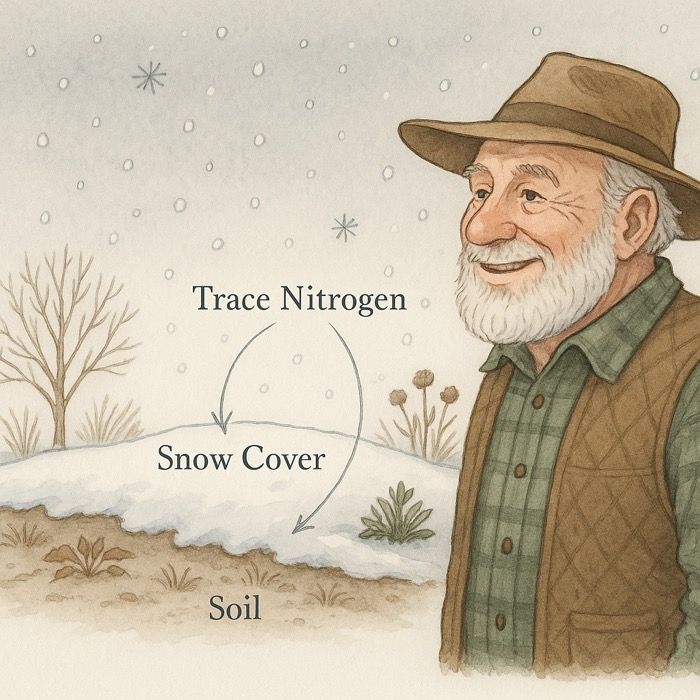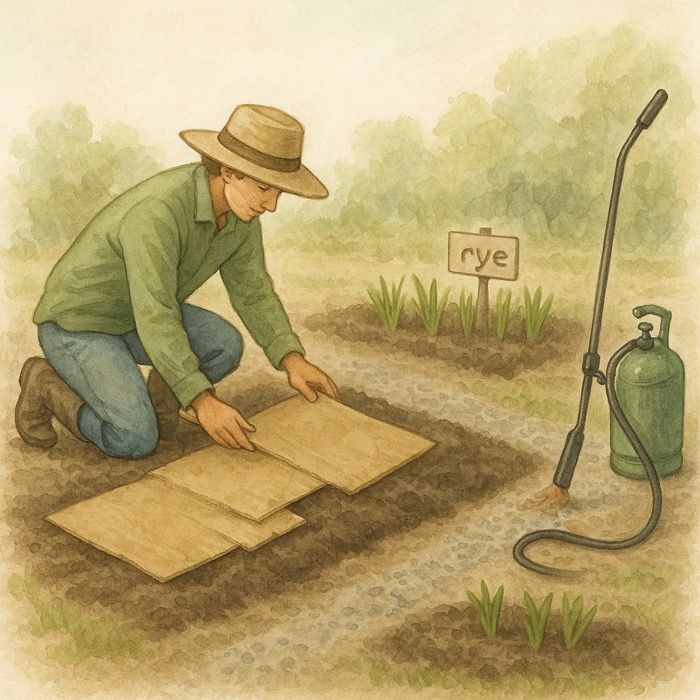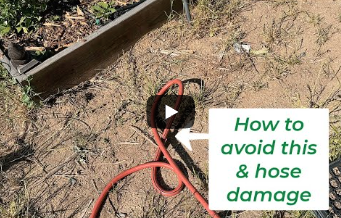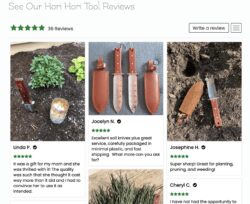How to Grow Potatoes – A Comprehensive Guide for a Bountiful Harvest
Introduction
Growing potatoes can be a rewarding and satisfying gardening experience. With their versatility in the kitchen and relative ease of cultivation, potatoes are a popular choice for home gardeners. This guide provides a comprehensive overview of how to grow potatoes successfully, from selecting the right varieties to harvesting a bountiful crop.
Choosing the Right Potato Varieties
Selecting the right potato varieties is crucial for a successful harvest. Potatoes come in various types, each with distinct characteristics that affect growth and yield. By understanding the different varieties and their needs, you can make informed decisions that align with your garden’s conditions and your culinary preferences.
- Early Varieties – These potatoes mature quickly, typically within 70-90 days, making them ideal for shorter growing seasons. They offer a faster turnaround and are perfect if you’re looking for a quick harvest.
- Maincrop Varieties – These take longer to mature, generally 90-120 days, but they produce larger tubers that are well-suited for storage. They are ideal for those who want a larger yield and can wait for a longer growing period.
- Specialty Varieties – Includes fingerlings and gourmet types, which provide unique flavors and textures. These varieties are great for adding diversity to your garden and experimenting with different culinary uses.
Choose varieties that match your climate and soil conditions to ensure the best results.
Here’s a list of 10 top potato varieties, each with unique characteristics and benefits for different growing conditions and culinary uses:
- Russet Burbank
- Type: Maincrop
- Characteristics: Large, brown-skinned with white flesh. Ideal for baking, frying, and mashing.
- Maturity: 90-120 days
- Yukon Gold
- Type: Maincrop
- Characteristics: Golden skin and yellow flesh. Creamy texture, great for boiling, baking, and roasting.
- Maturity: 80-95 days
- Red Pontiac
- Type: Maincrop
- Characteristics: Red skin with white flesh. Excellent for boiling, roasting, and making potato salad.
- Maturity: 85-100 days
- Kennebec
- Type: Maincrop
- Characteristics: White skin with white flesh. Versatile with good storage potential, perfect for fries and chips.
- Maturity: 90-100 days
- Fingerling
- Type: Specialty
- Characteristics: Small, elongated tubers with a variety of skin and flesh colors. Known for unique flavor and texture, excellent for roasting.
- Maturity: 75-90 days
- Norland
- Type: Early
- Characteristics: Red skin and white flesh. Early-maturing with a good flavor, great for early-season harvests and boiling.
- Maturity: 70-80 days
- Caribe
- Type: Early
- Characteristics: Purple skin with purple flesh. High in antioxidants, ideal for unique, colorful dishes and baking.
- Maturity: 70-85 days
- All Blue
- Type: Specialty
- Characteristics: Deep blue skin and flesh. Excellent for visually striking dishes and boiling.
- Maturity: 80-90 days
- La Ratte
- Type: Specialty
- Characteristics: French fingerling with a nutty flavor and waxy texture. Perfect for gourmet dishes and salads.
- Maturity: 80-90 days
- Adirondack Blue
- Type: Maincrop
- Characteristics: Blue skin and flesh with a slightly sweet flavor. Good for baking and roasting, with high antioxidant content.
- Maturity: 80-90 days
These varieties offer a range of textures, flavors, and uses, making them suitable for different culinary needs and growing conditions.
Preparing the Soil for Potatoes
Healthy soil is the foundation of a successful potato crop. Proper soil preparation enhances drainage, fertility, and structure, setting the stage for strong, productive plants. Follow these steps to create the ideal growing environment for your potatoes:
- Select a Sunny Location – Potatoes need plenty of sunlight to thrive. Choose a spot that receives at least 6-8 hours of direct sunlight each day to ensure robust growth.
- Improve Soil Texture – Loosen the soil to a depth of 12-15 inches to allow potatoes ample room to grow. Enrich the soil with compost or well-rotted manure to boost fertility and enhance drainage.
- Test Soil pH – Potatoes prefer a slightly acidic soil pH of 5.5 to 6.0. Use a soil testing kit to measure your soil’s pH and adjust it with lime if necessary to create the optimal growing conditions.
Master Gardener Tip: Rotating your potato crops each year is essential to prevent the build-up of soil-borne diseases and pests, such as late blight and nematodes. Potatoes are susceptible to various diseases that can linger in the soil, so planting them in a different location every year reduces the risk of these issues. Aim to avoid planting potatoes in the same spot for at least three years. This practice not only helps in managing pests and diseases but also improves soil health and overall crop yield.
Steve, Your Friendly Master Gardener
Planting Potatoes
Planting potatoes correctly ensures a healthy start and maximizes your yield. This section covers the essential steps for planting, from preparing seed potatoes to spacing and depth considerations:
- Chitting – Before planting, place seed potatoes in a cool, dark location to encourage sprouting. Chitting helps develop stronger, more vigorous plants.
- Cutting Seed Potatoes – For larger seed potatoes, cut them into pieces with at least one eye each. Allow the cut pieces to dry for 24 hours to reduce the risk of rot.
- Planting Depth and Spacing – Plant seed potatoes or pieces about 4 inches deep and space them 12 inches apart in rows that are 2-3 feet apart. Cover with soil and water thoroughly to ensure good soil contact.
Caring for Potato Plants
Ongoing care is crucial for healthy potato plants and a successful harvest. Proper watering, fertilizing, and pest management will help your potatoes flourish:
- Watering – Maintain consistent moisture in the soil, especially during flowering and tuber formation. Avoid overhead watering to reduce the risk of disease.
- Fertilizing – Apply a balanced fertilizer or compost when plants reach 6 inches in height. Avoid over-fertilizing with nitrogen, as it can lead to excessive foliage growth at the expense of tuber development.
- Hilling – As potato plants grow, mound soil around the base to protect developing tubers from sunlight and promote larger yields. Hill up the soil every 2-3 weeks to support healthy growth.
- Pest and Disease Control – Monitor for pests such as Colorado potato beetles and aphids. Use organic methods or insecticidal soap if needed. Prevent diseases like late blight and scab through crop rotation and maintaining good soil health.
Harvesting Potatoes
Knowing when and how to harvest potatoes is essential for obtaining the best quality and yield. This section will guide you through the timing and techniques for harvesting your crop:
- Timing – Harvest early varieties when the plants start to die back and the tubers feel firm. For maincrop varieties, wait until the foliage has completely withered to ensure maximum tuber development.
- Harvesting Technique – Use a fork or shovel to gently dig up the potatoes, taking care not to damage them. Brush off excess soil and let the potatoes cure in a cool, dark place for a few days before storage.
Storing Potatoes
Proper storage extends the shelf life of your harvested potatoes and maintains their quality. Follow these guidelines to store your potatoes effectively:
- Curing – Cure your potatoes by storing them in a cool, dark, and well-ventilated area for 1-2 weeks. This process helps to toughen the skin and improve storage longevity.
- Storage – After curing, store the potatoes in a cool, dark place with temperatures between 45-50°F. Avoid refrigeration, as it can convert starches to sugars and affect flavor.
Conclusion
Growing potatoes can be a rewarding and enjoyable gardening experience. By following these guidelines and adapting them to your specific growing conditions, you can cultivate a bountiful harvest of delicious tubers. With the right care and attention, you’ll enjoy homegrown potatoes that are perfect for a wide range of culinary uses.
More From Our Master Gardener
Recent Posts

❄️ Snow as Fertilizer – The Truth About “Poor Man’s Nitrogen”

5 Unexpected Winter Weed Control Strategies (That Don’t Involve Mulch)

Harnessing Winter Sun – Passive Solar Tricks for Your Garden

How to Grow Spinach – The Ultimate Beginner’s Guide for Tender, Nutritious Leaves

How to Grow Peas: The Ultimate Beginner’s Guide for Sweet, Crisp Harvests















